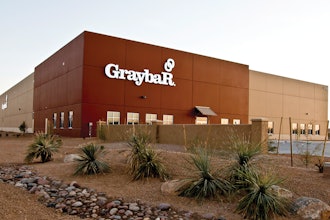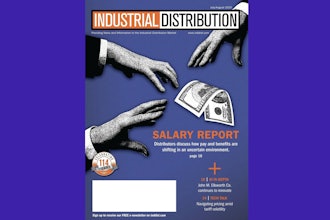
“If you don’t like what’s being said, change the conversation.”
- Don Draper, Mad Men
Although Draper’s comments refer to managing public opinion, it equally applies to salespeople.
Customer-focused sellers help decision makers achieve their desired outcomes. Yet too many sellers permit customers to control the conversation, often to their own detriment. Focusing on price distracts buyers from long-term value (and their desired outcomes). Help customers get out of their own way. Challenge the buyer to think differently.
Your greatest challenge is not the competitor down the road, it’s your customer’s mindset. Customers (like all of us) are instant gratification seeking individuals. Yet, the best outcomes hinge on delaying gratification for a better long-term gain. We are programmed to “live for today” and “plan for the future.” In this tug of war, we opt for what’s good today versus what’s great tomorrow. We opt for an immediate gain, even when the long-term gain is greater. That’s why customers seek cheaper, upfront pricing rather than greater, long-term value.
You can’t sell value when customers focus the conversation on price. To Draper’s point, if you don’t like what’s being said, change the conversation. If you want better margins, change the buyer’s mindset. Use these three ideas to shift the conversation toward value and away from price.
Shift the focus from price to cost
Acknowledge price but switch to cost. Cost is much broader and includes everything the buyer sacrifices. Like the tip of an iceberg, price is visible and tangible. Total cost is below the surface and less visible. Focus the conversation on all the ways you reduce overall cost: time savings, reducing waste, minimizing downtime. Shift the conversation by saying …
“I understand price is a factor, but have you considered overall cost? Our solution reduces labor cost, improves productivity, and minimizes downtime. Considering overall cost, you can see our solution provides the greatest value.”
Shift the focus from savings to difference
Buyers view a cheaper price as savings. Use the price difference as a starting point to differentiate your overall solution. Buyers object to your price when there is no meaningful difference between alternative solutions. Shift the conversation from a difference in price to a difference in value. Don’t agree with the buyer and admit your price is high, acknowledge the difference. Shift the conversation by saying …
“I understand there’s a difference in our price; it’s because there’s a significant difference in our solution. When you consider our total solution (beyond just product), there’s significantly more value. Here are three ways our solution is different …”
Shift the focus from narrow to broad
If the buyer has simple needs, then any solution will do. Educate the buyer on the complexity of their needs. As buyers become aware of their complex needs, they are more open to your value-added solution. A buyer’s broader understanding of their needs creates an opportunity to sell value. Shift the conversation by saying …
“I understand the importance of staying within budget. Considering the complexity of this initiative, is price really the issue? You need a partner throughout this project to help train, implement, and support you. Here’s how we can support you throughout this project …”
You’ll notice that each shift begins with an important phrase — I understand. This acknowledgement statement lets the buyer know you are listening. Demonstrating your empathy eases the conversation toward a value-focused outcome. A buyer’s inclination to focus on price doesn’t mean you’re destined to discount. Remember, what is focal is important. Control the conversation by focusing on value.
Paul Reilly, is a speaker, sales trainer, author of Selling Through Tough Times (McGraw-Hill, 2021), coauthor of Value-Added Selling, fourth edition (McGraw-Hill, 2018), and host of The Q and A Sales Podcast. For additional information on Paul’s keynote presentations and seminars, call 636-778-0175 or email [email protected]. Visit www.TomReillyTraining.com and signup for their free newsletter.






















